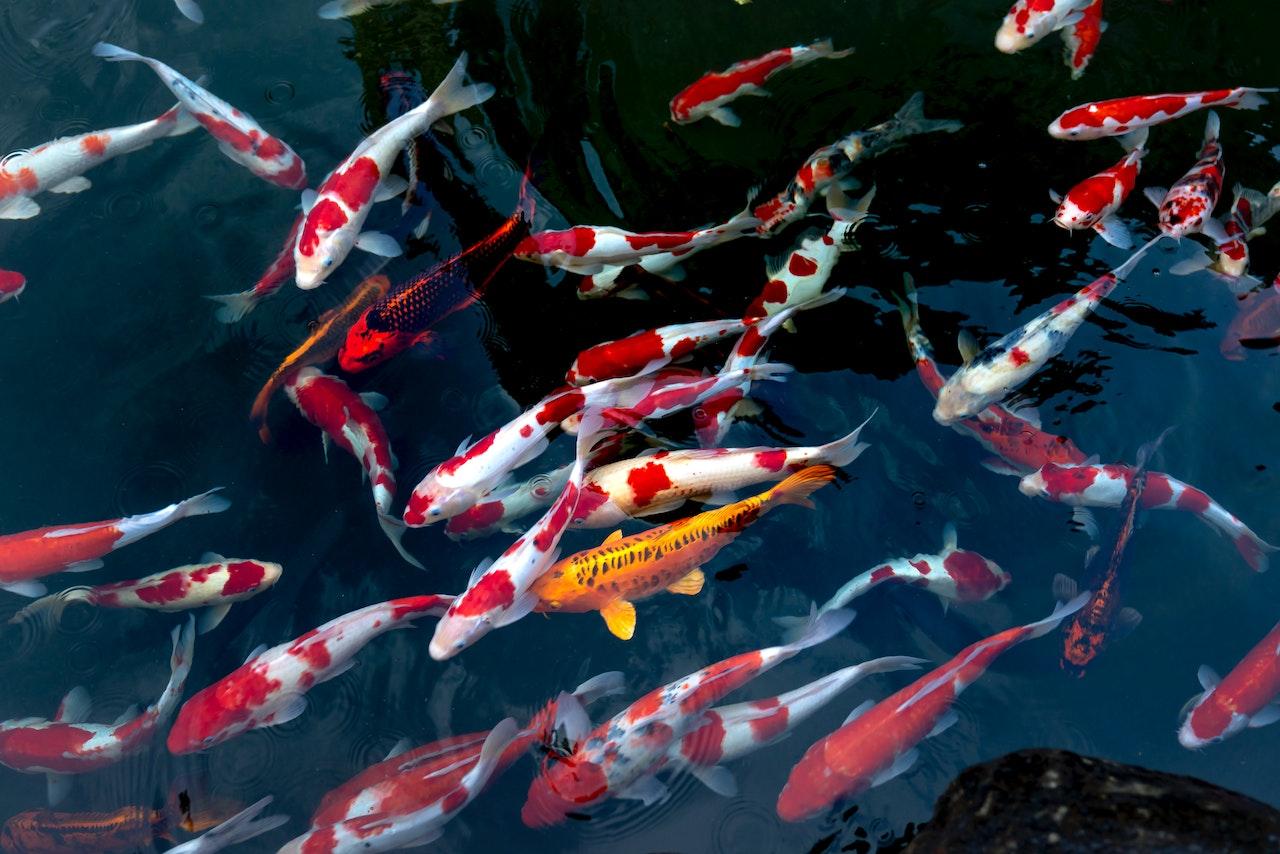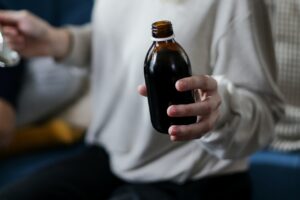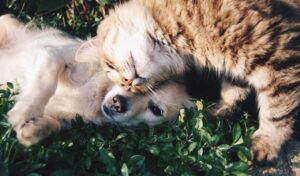FSB, Street No. 22, Punjab, Pakistan
During the colder months, what do fish do?
First Section:
Rivers.
Waterways such as rivers and streams are notoriously unpredictable. Some parts of a stream may be constant no matter the season, while others may undergo dramatic shifts when weather conditions vary. Overwintering fish in lakes struggle with little oxygen from ice and quiet water. Rivers and streams have uniform water temperatures and dissolved oxygen levels because the water column is continually being mixed by turbulence. But there’s a catch: ice complicates things. Vertically mixed stream reaches may supercool the water column. As an example, this is the state water is in when chilled to temperatures below absolute zero and it still retains its liquid state.
Supercooling occurs
Supercooling occurs when there is little to no surface ice, running water, and below-freezing air temperatures. Several small ice crystals are drawn from the water’s surface and forced into enough supercooled water molecules to form, creating frazil ice, once the water has reached the desired temperature. Frazil ice can stick to cold, submerged objects like rocks and wood. Anchor ice is ice that has sunk to the bottom of a stream. In shallow regions with a fast current and lots of pebbles, anchor ice can build a dam, flooding the stream.
Stationary ice coating
Stationary ice coating forms in moving water. Log jams, man-made river channels, man-made bridges, and dams are all examples of impediments that can halt moving ice, leading to this phenomenon. When ice stops moving, more ice forms upstream. Ice formation stops in high-flow areas because turbulent movement prevents ice crystals from aggregating into sheets and instead produces frazil ice.
Currents push frazil ice under stationary ice sheets, which can form hanging dams. Riverine fish with low body temperatures and metabolisms overwinter. Swimming, eating, and defense abilities are diminished. Many fish still forage for food in the winter, but prey density is low, so they rely on fat reserves.
River fish
River fish must grow as much as possible in summer and fall. Small fish can’t store as much energy and need more to function. Most fish spend winter in sluggish, deep pools to conserve energy. Some smaller fish and fry can survive in other river lengths, hiding between coarse rock substrates and boulder gardens. Ice formations can induce fish to leave their holding pools, depleting their energy. Anchor and hanging ice jams restrict the water to a few high-velocity spots that push through pools. At these speeds, fish move. Because of the increased ice development and movement caused by the warm and dynamic winters, fish are forced to travel more frequently. Due to their constant activity, they can get too tired to continue living, or they can become easier prey for animals with higher body temperatures, such as mink.
Beaver ponds are stable overwintering habitats. Beaver dams stop frazil and anchor ice, and the deep, constant pools they create have slow-moving water. These circumstances and the dam prevent the ice from fracturing and migrating as often. Many trout prefer beaver ponds for wintering.
Fish and eggs
Fish and eggs overwinter in areas with groundwater inputs. These reaches are warmer (4°C vs. 0-1°C) and ice-free than the remainder of the river during the winter. Bull Trout lay their eggs atop groundwater intakes, where circumstances are stable. Groundwater inputs can generate dynamic circumstances downstream because the water cools unevenly as it flows away from the source. This causes frazil and anchor ice to freeze and melt often.
Since stream and river environments are so changeable, fish need diverse, interconnected winter habitats. Keep an eye on our Newsroom and social media pages for volunteer opportunities. Welcome!




